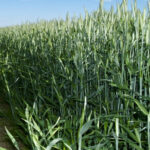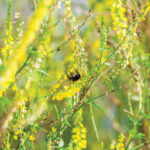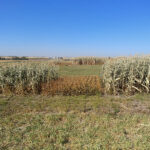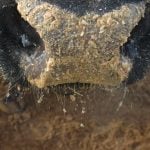
Tag Archives Forages

Today’s forage research provides tomorrow’s solutions
Research on the Record with Reynold Bergen

Drought-stressed canola a possible forage for livestock
Poor canola stands may provide an alternate forage option for drought-stricken livestock producers

Hybrid fall rye offers high yield, flexibility to beef producers
This relatively new forage can be grown for grazing, silage or grain, and can fit into double-cropping systems

Tips for managing through a drought
News Roundup from the June 2021 issue of Canadian Cattlemen

Beware sweet clover poisoning during calving
As one producer discovered, sweet clover poisoning can trigger widespread hemorrhaging, especially during calving season

Vet Advice: Not all that’s green is edible

Managing soil salinity for the long haul
Establishing perennial forages is one of the top recommended methods to manage saline soils for the long term
Growing up on a mixed farm in southern Alberta, Alan Iwaasa was no stranger to the costly headaches that saline soils could create. “There were certain land bases that just were poor,” Iwaasa recalls. “For a period of time, there was a lot of effort that was looking at levelling your land and putting in […] Read more
Grazing binary forage mixtures during the summer slump
A University of Saskatchewan study evaluates new grass and legume varieties at two different soil zones in the province

Forage program aims to conserve Canadian prairies through collaboration with ranchers

Forage intercropping trials show promise in Western Canada
Research is underway to fully understand the best practices for incorporating forage mixtures in this cropping method



